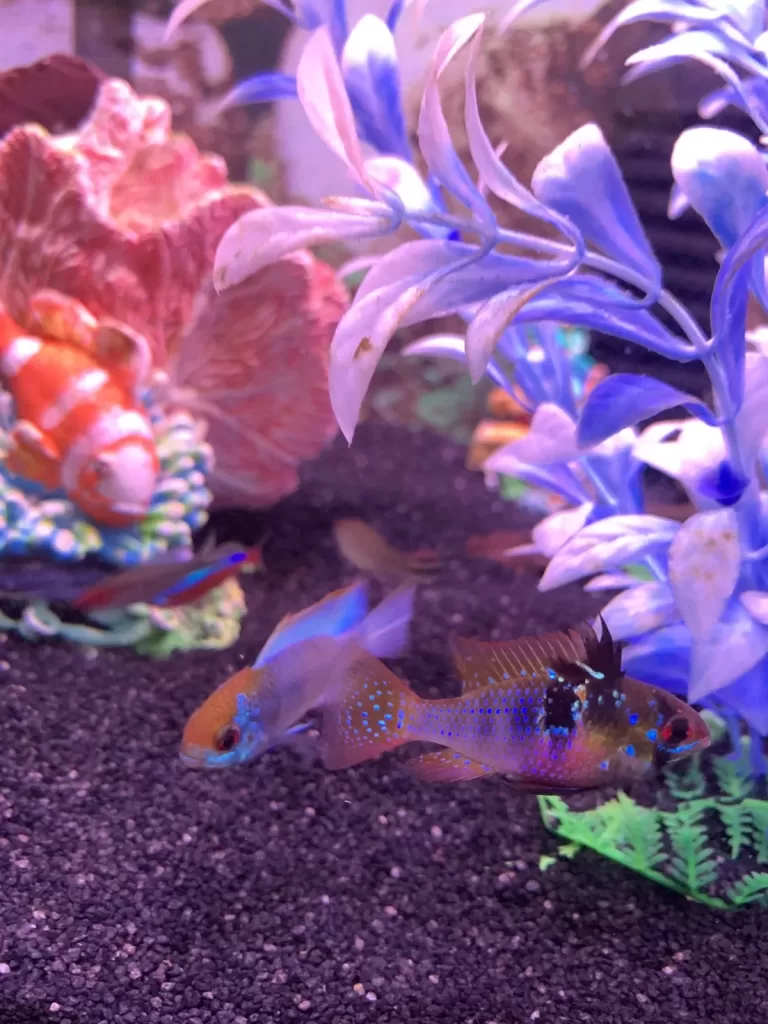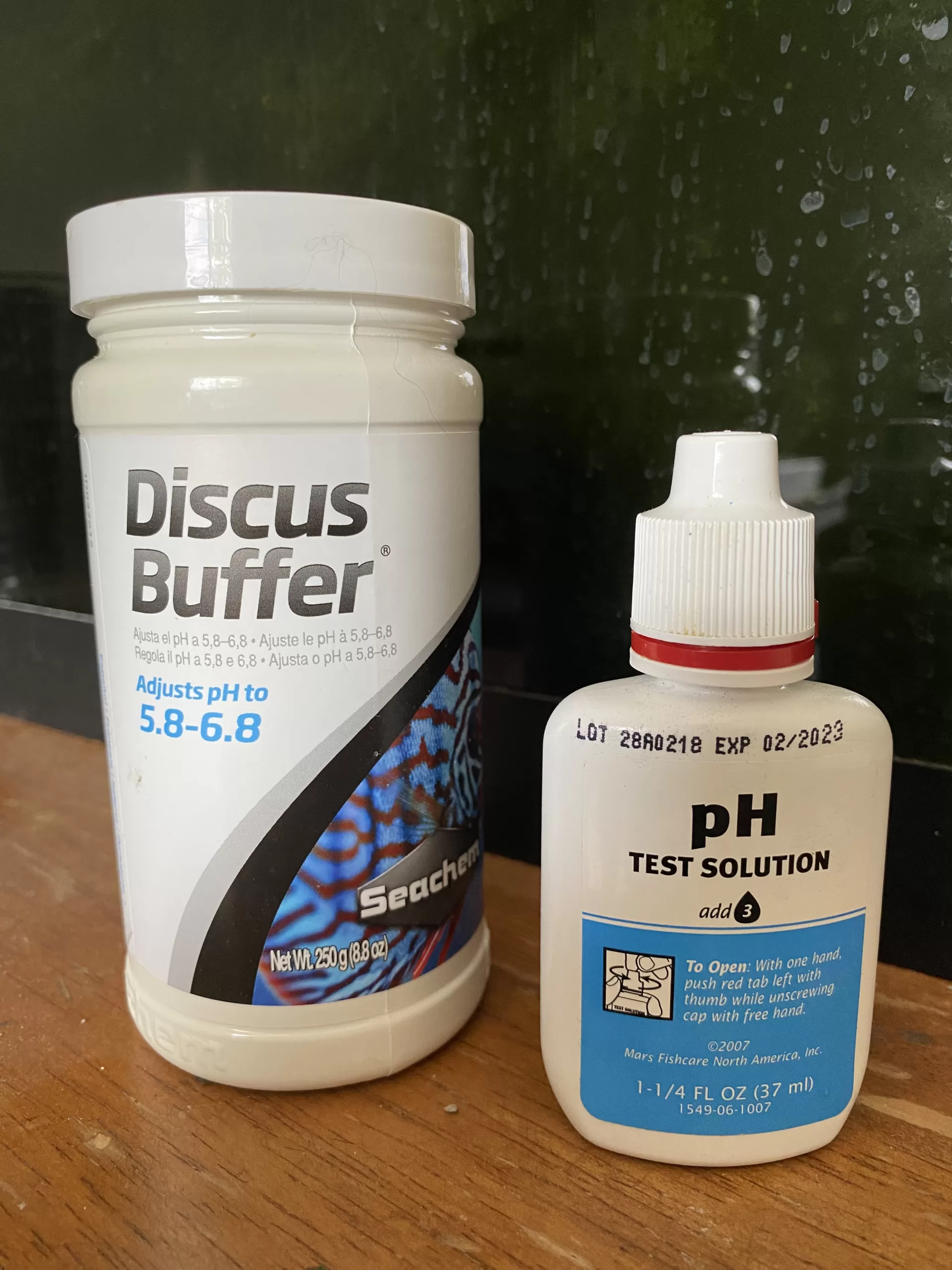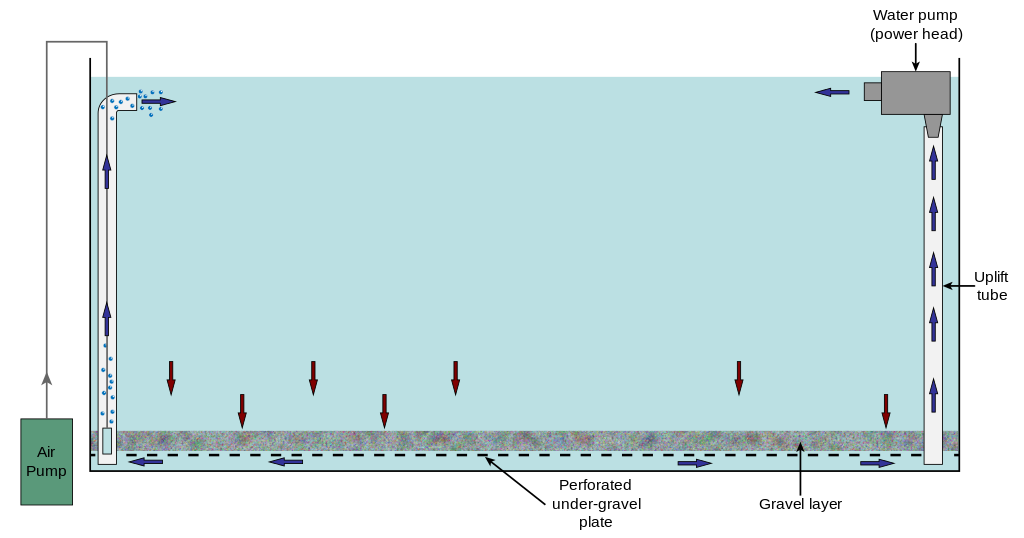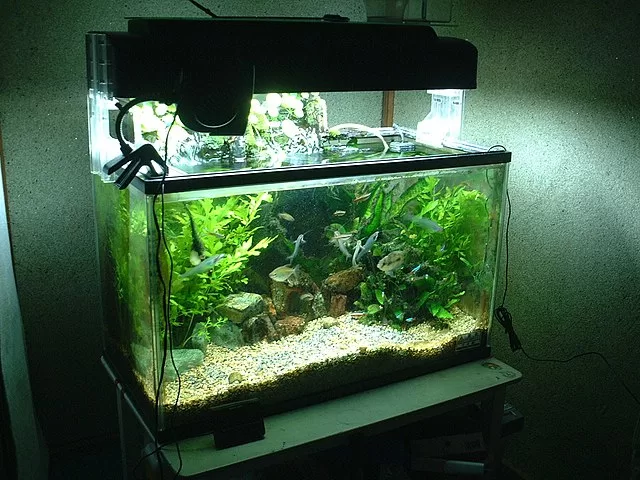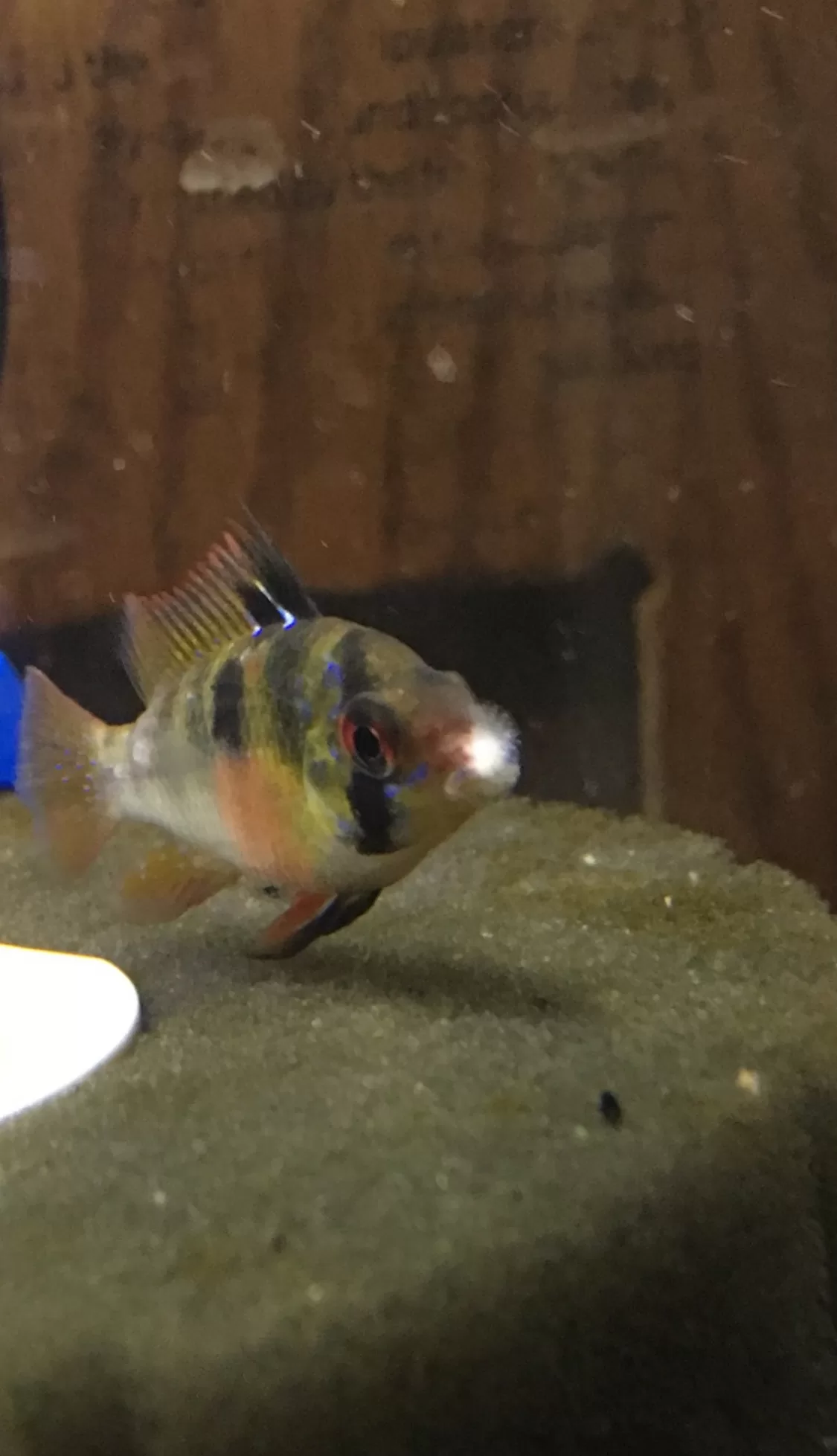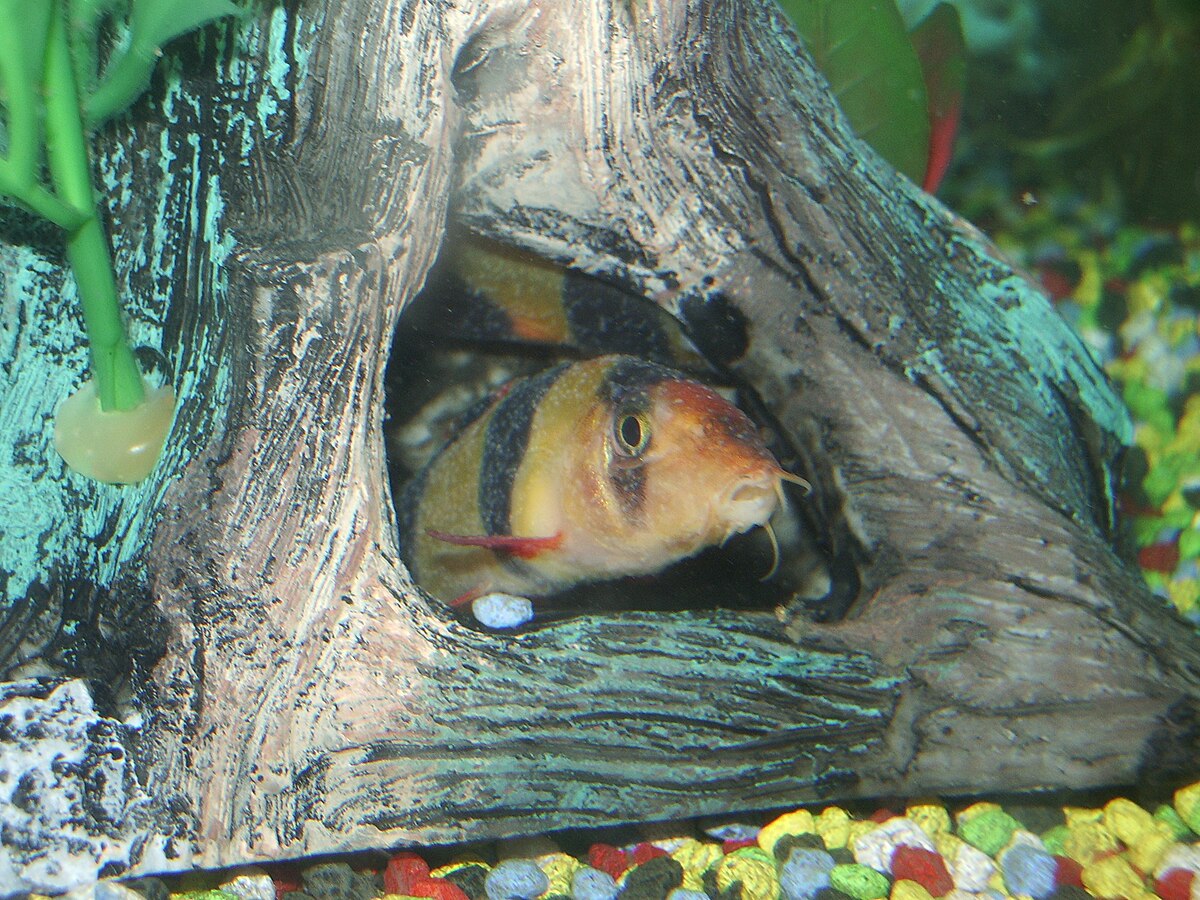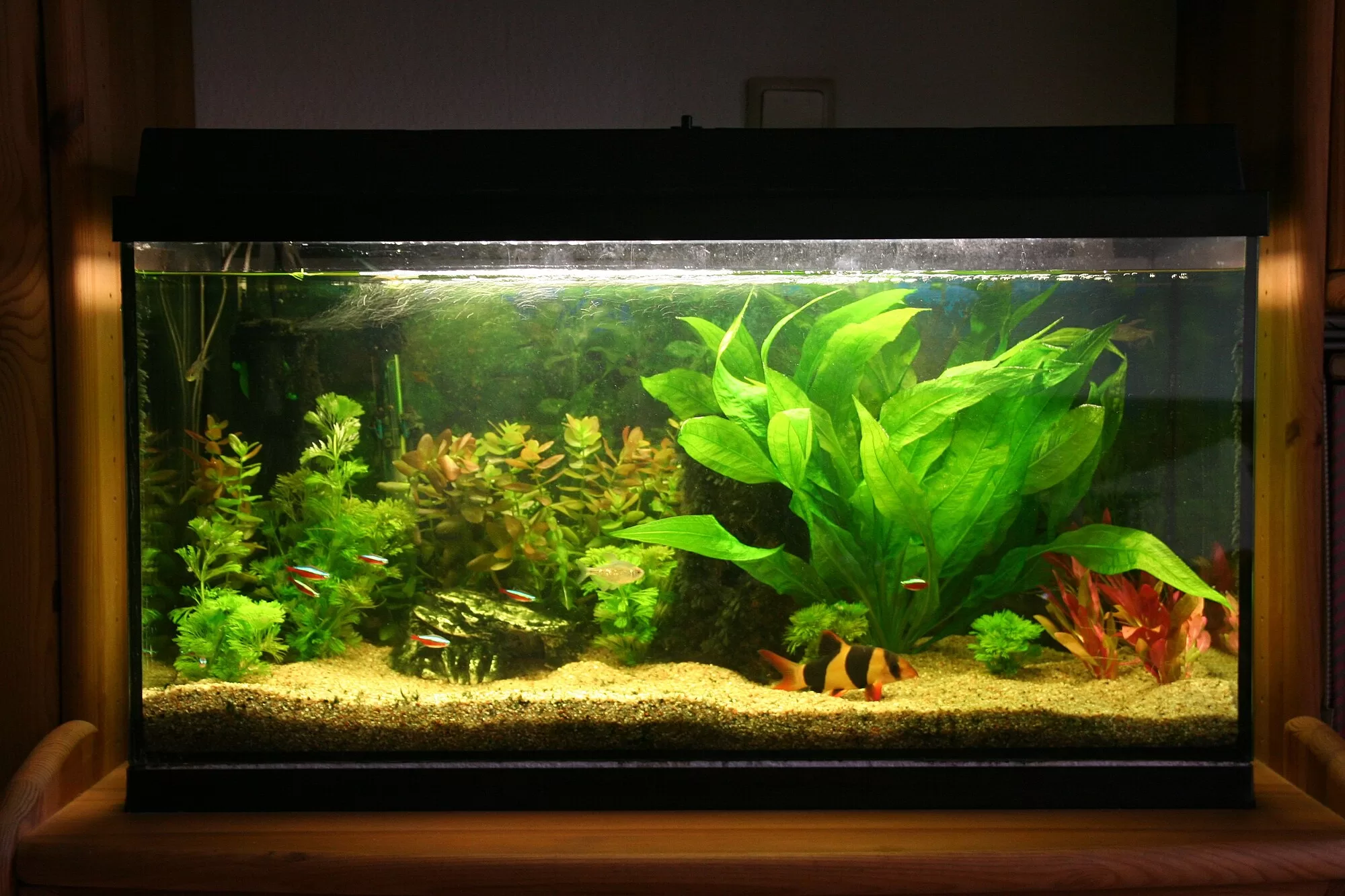I’ve written this guide because I’ve found that there is a lack of correct information in one place concerning German Blue Ram cichlids—specifically, Mikrogeophagus ramirezi. Therefore, I will try to cover everything a Ram owner should know, whether you already have them or plan to get them, in a single care guide. Much of the information is based not just on what I’ve read, but on my personal experiences as well.
A lot of people are intimidated by Rams, because they think they’re incredibly sensitive and will die not long after acquiring them. Let me be clear, they are indeed sensitive; but if you follow this guide, I can assure minimal deaths. It should be noted that the guide does NOT cover Mikrogeophagus altispinonsus, the Bolivian Ram.
This article was originally posted by me on the Fishlore Forum in 2018.
Background
M. ramirezi are native to the Orinoco River Basin, in the Llanos (grassy wetlands) of Columbia and Venezuela. The area sits just above the equator, so it gets hot. The water is shallow, very slow moving, and even stagnant in some parts. Below is an outline to show where they reside.

Color and Body Morphs
There are several different color morphs of M. ramirezi, all of which are man-made through selective breeding—except for the basic Blue Ram. They include the Gold Ram, Electric Blue Ram, and Black Ram. Besides those, there are color mixes as well, but those are the three main color morphs.
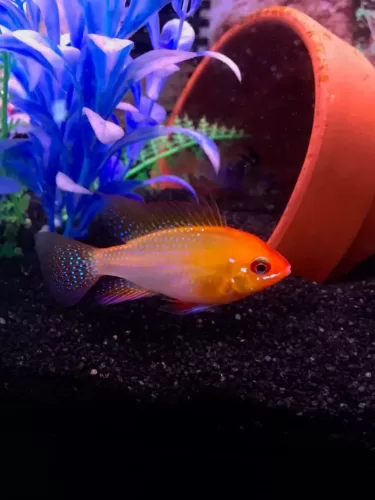
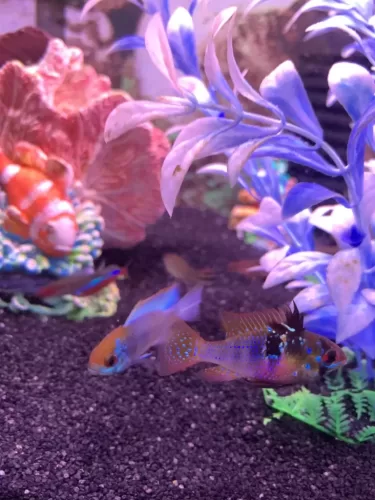
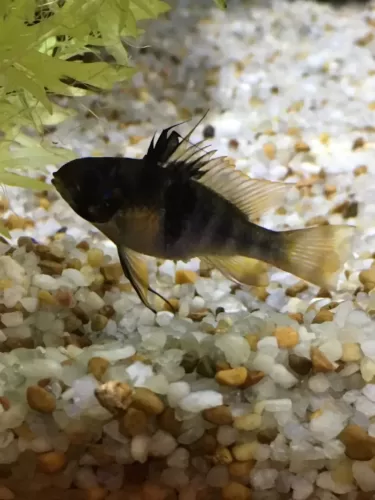
There are also body morphs. One of those body morphs includes the Balloon Ram; however, I never recommend purchasing them, since they’re incredibly unhealthy as they’ve been selectively bred to have those deformities.
Parameters and Tank Size
Unlike many fish sold in the hobby that can tolerate and adapt to a varying degree of parameters, it is a different case for M. ramirezi. And one of the biggest problems people face with keeping them is temperature. With that said, I keep mine at 84°F (28.9°C). In my opinion, anything under 82°F (27.8°C) is too cold.
GH (general hardness), KH (carbonate hardness), and pH do matter as well. GH is the level of divalent metal ions. Captive bred adult Rams can tolerate up to a GH of around 150ppm, though I’ve found the optimal level to be around 80ppm. KH is the level of carbonate and bicarbonate anions, and I’ve found the level to be best at around 80 to 100 ppm. As far as pH, captive adult Rams do best with a pH of around 6.5 to 7.6, with my preferred level at around 6.8. The pH is not as important as the dGH and KH because at the right levels, the pH should fall into place. These levels are based around my personal experience and what levels I find the best for color, activity, and breeding.
It should be noted that many quality Ram breeders go solely on TDS (total dissolved solids). If you’re relying on TDS, fry and breeding pairs do best in between 80-100 PPM, while adults that you aren’t attempting to breed will tolerate up to 350 PPM. That said, the worst thing anyone can do is alter these levels with chemicals. I use reverse osmosis water and mix it with my tap water to get the desired levels. Reverse osmosis water can also be used by re-mineralizing with Seachem Equilibrium and Seachem Alkaline Buffer, or similar products. Stay away from products such as “PH Down”.
Lastly, never try to cycle a tank with Rams; they will do very poorly. That is because ammonia and nitrites should always be zero, and nitrates should always stay below 20—with 5 to 10 being preferable—which might be difficult to manage during a fish-in cycle. When it starts to go over, it’s time for a water change. This should, ideally, tie in with your water change schedule.
Aim for either one 50-75% water change per week or two 25% changes per week, regardless of nitrate levels. As far as tank size, 10 gallons is adequate for a single pair of a male and female Ram, with no other fish stocking. Keeping more than a pair in anything less than a 40 breeder is very difficult, and, quite honestly, not worth trying unless you’re very experienced.
Ideal Tank Mates
There are many options to choose from when it comes to tank mates. What it boils down to is mostly temperature compatibility. Not every fish will appreciate the high temperatures that Rams require. However, there are still many good choices. Rummynose Tetra, Cardinal Tetra, Guppies, Discus, Angelfish, Sterbai Cories, Kuhli Loaches, Clown Loaches, Gourami, and most other peaceful species that can tolerate higher temperatures.
Diet
Being omnivores, a varied diet is a must. To ensure a diet that is nutritionally balanced, a high-quality flake or pellet food should be chosen. I personally recommend Omega One brand for flakes, and New Life Spectrum (NLS) for pellets. However, I’ve found that Rams have a hard time eating pellets, even small ones that are 1mm in size. Therefore, I like to crush up the NLS Cichlid pellets for them, prior to feeding. Or, if possible, simply get pellets that are .5mm or smaller. Flakes seem to be their favorite of the two.
In addition to one or both of those, frozen and freeze-dried foods are also important. I incorporate the following frozen foods: Emerald Entrée, Spirulina Brine Shrimp, Bloodworms, Black Worms, and Krill (cut them). Spirulina based foods specifically have been shown to enhance the natural blue colors in fish, while krill have been shown to enhance the orange colors in fish.
On top of color enhancement, foods like Emerald entrée are loaded with vitamins, minerals, and several kinds of meat and plant-based ingredients. Rams will also eat guppy fry, but it is only recommended as a treat occasionally and only if bred in a known and healthy environment.
I recommend feeding twice a day. The first feeding should be flakes or pellets and the second should be one of the other foods listed. It should be noted that with bloodworms in general, don’t feed them to Rams too much too often, as it can cause bloating.
Disease
Due to poor breeding conditions at fish farms, commercially-bred Rams are often unhealthy. That is because from day one, they’re pumped full of antibiotics, so they have poor immune systems. It has also been noted that this hurts their digestive systems, causing them to utilize nutrients poorly. Those Rams are known for suddenly getting emaciated and eventually dying, seemingly for no reason. Signs of this include emaciation, darkening of the body, sitting on the bottom, heavy breathing, erratic swimming, and lack of appetite. If you want to have success with Rams, it’s crucial to get them from a reputable source, ideally privately bred. A good place to buy from is Aquabid.
Sexing Blue Rams
Sexing Rams takes some practice; once you get it down, it’s not too difficult. There are several sexual dimorphisms between the male and female sexes. The first thing I always look for is a pink/red belly. This indicates a female. These are evident even when they are stressed in the store, which can be especially helpful before purchasing.
Next, look at the pelvic fins. Males will have a much longer extension beyond the actual fin. Similarly, look at the dorsal fin as well. Again, males will have an exaggerated second dorsal extension.
If you still haven’t made up your mind on their sex, look for the blue speckles in the black dot on their sides. Males usually don’t have any blue speckles in the black area; however, I’ve had males with speckles, so this is not 100% fool proof.
If the Ram is sexually mature and ready to mate, you may be able to see breeding tubes: the females are most prominent, being larger and rounded, while the males will be sharp and small.
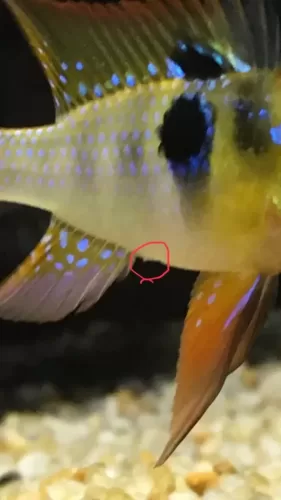
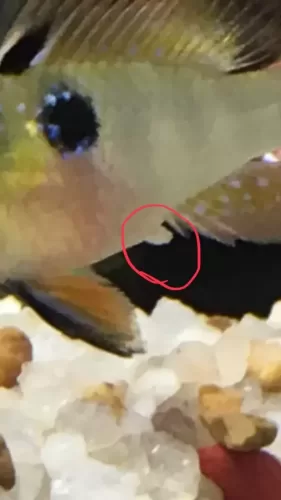
Unfortunately, with color morphs you are restricted to only fin length and breeding tubes. Another method is to watch their behavior. Males will often go up to females and “flex” or flare at them, meaning they extend their fins to make themselves appear bigger. Two males will also often flex at each other, before lip-locking which is them fighting.
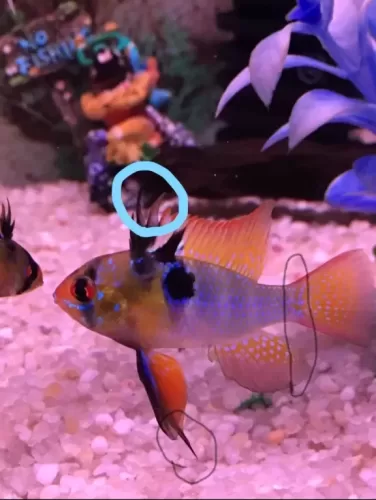
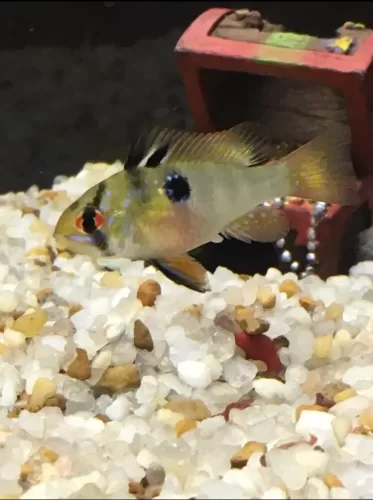
Breeding Blue Rams
Once you have a confirmed male/female pair, breeding is the next step. The first thing is to decide whether you want to artificially hatch and raise the fry, or if you want to try and let the parents do it themselves. Be aware, though, that Rams are notorious for being bad parents (at least many are). They will usually eat the eggs and if not the eggs, the free-swimming fry.
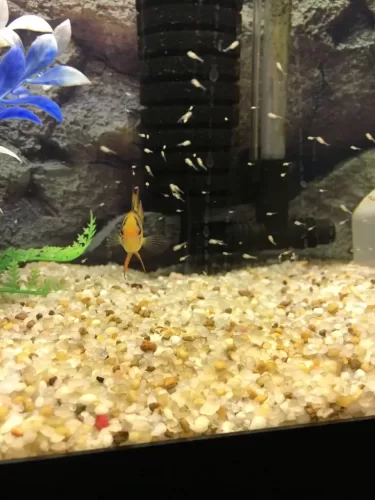
If you want to artificially do this, you need to seed a small sponge filter for at least 4 weeks. Rams will usually pick the flattest area they can find, so provide them with several different flat objects, preferably with cover. My favorites are slate and clay pot bottoms; they’re extremely cheap and easy to find. It will be obvious when they’re choosing where to lay the eggs because they will travel around together, eventually finding a spot. When they do, they’ll start to clean off the area together using their mouths. Then the female will lay the eggs, while the male follows behind fertilizing them. The fry tank should be setup at this time.
What You’ll Need:
-10 gallon tank
-Heater
-Seeded sponge filter
-Air pump
-Hydrogen peroxide 3%
-Turkey baster
-Brine shrimp hatchery
-Reverse-osmosis water
Fill your fry tank with 2-3 gallons of RO water, heat it up to 84-86° F, and simply place a bubbler in. Don’t put the seeded sponge filter in yet. After waiting a few hours for the male to fertilize the eggs, go ahead and move the eggs into the fry tank. But do not try to scrape the eggs off the object where they were laid; instead, take the entire thing with the eggs included.
As a warning, the Rams will try to fight you when you try to do this, so expect that to happen. Afterwards, squirt 1ml of hydrogen peroxide per gallon of water every 10-12 hours to prevent the eggs from getting fungus. If you see an egg that is pure white or has fungus, remove it immediately. When the eggs begin to hatch, stop adding peroxide.
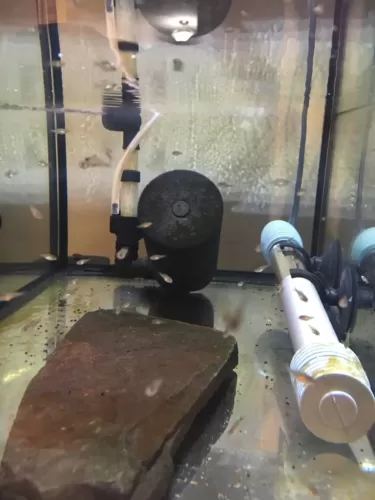
As tempting as it is to try and feed them as soon as they hatch, you must wait 3-4 days until they’re free swimming. Until then, they will survive on their egg sacs. Once they’re free swimming, you can start feeding them brine shrimp 2-3 times a day. Do not overfeed.
At this time, you can also go ahead and add your seeded sponge filter. A few times a day you should use a turkey baster to suction debris from the bottom. After the first month, they should be big enough to eat crushed flakes. Don’t stop feeding them baby brine shrimp. Substitute one of the feedings with flakes. If you made it this far, it looks like you’re doing it right! After 3 months, the baby brine shrimp will be too small, so it won’t really fill them up anymore. Now you can move away from baby brine shrimp and begin incorporating frozen foods with flakes or pellets.
During the first month, I like to do a 75% water change every 3-4 days. Or you can do daily 25% water changes. After that first month, however, 75% water changes once a week are enough. Additionally, the one month mark is when I begin adding tap water into their tank. Start adding a half of a gallon of tap water with each water change until you reach the desired levels discussed earlier. Everyone has different tap water, so my desired ratio comes out to be 3 gallons of RO to 2 gallons of tap. Continue this until they’re large enough to sell, or you can keep them!

